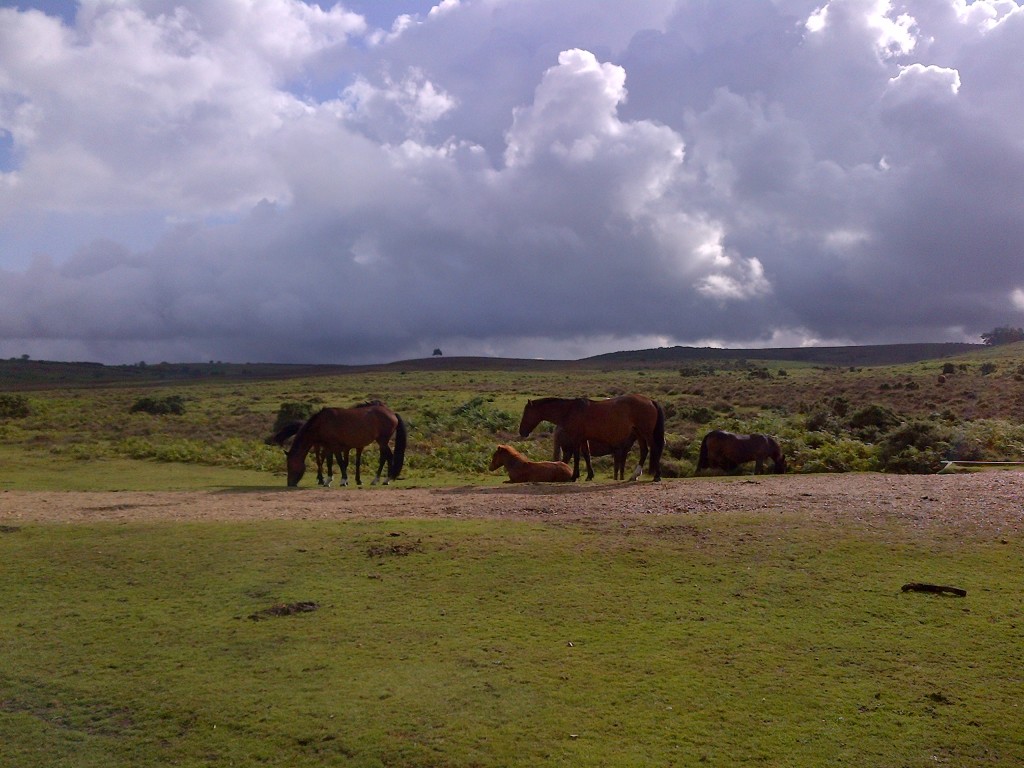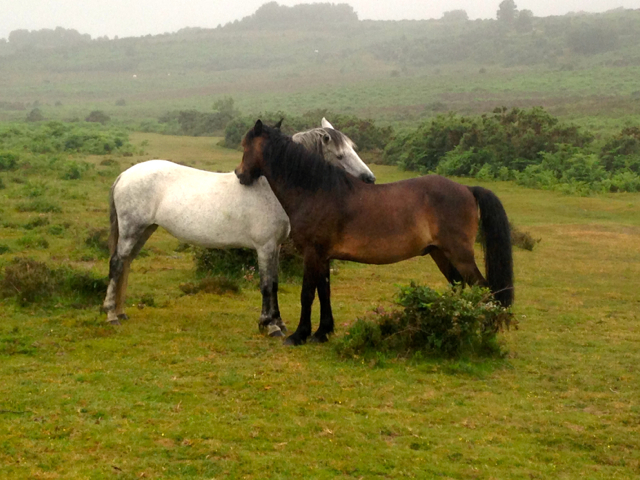
Living in a herd situation requires a full range of social skills that are developed in order to gain acceptance by herd-mates.
Researchers have recently (August, 2015) confirmed what many horse owners intuitively knew, that horses display complex emotions in their facial expressions. However, using a system known as EquiFACS (Equine Facial Action Coding Systems) the research team were able to use scientific methods to clearly identify 17 separate facial movements (‘action units’) in horses, which compares with 27 in humans, 13 in chimps and 16 in dogs. Former rationale incorrectly assumed that the further away an animal was from human evolution, the more rudimentary their use of facial expressions would be. The exciting thing about this study – which was conducted by a partnership between the University of Sussex; University of Portsmouth; and, Duquesne University – is that the facial movements identified in horses have the potential for making direct comparisons across species. Perhaps this study might even have implications for better interspecies communication and other welfare benefits.
Horse talk and pony etiquette
Horses and ponies do communicate by making a range of different noises from a low, vibrating uh-huh-huh sound, usually heard between mares and their foals or when greeting humans bringing them food; to the high-energy whistle-come-snort that accompanies moments of anxiety or trepidation when viewing an unfamiliar or suspicious object. But like humans, most of the communication between horses is non-verbal or what we would call ‘body language’, which includes facial expressions. Unlike their domestic counterparts, whose behaviour can be inhibited by being deprived of the company of their own kind, or develop stress symptoms after being locked in their stables for tedious hours at a time, the semi-feral New Forest pony is free to exhibit the full range of natural equine behaviour. Living in a herd situation requires an understanding of accepted pony-etiquette, the social behaviour that will mean potentially life-saving or life-producing integration and acceptance by their herd-mates. Transgressors are told in no uncertain terms by way of grimaces, flattened ears, tail flicks (not associated with flies), the head carriage of the dominant pony held low and extended in a threatening posture, and eventually bites or even kicks from the higher-ranking ponies. These signals are universal in equine culture and sensible horse-owners would be wise to learn them.
Body talk
Visitors to the New Forest who attempt to interact with the free-roaming ponies may be unaware of these often subtle signals and do not realise that their advances are unwelcome. The ponies are not tame and have all the sensitivities and reactions of ‘wild’ prey animals. They are not accustomed to being stroked or petted, even by their commoning owners. An approaching human, even one with the best of intentions, may be perceived as a predator. The pony may be giving off warning signals not to come any closer. Only when the response from the pony escalates into an attack or retaliation of some kind do the humans finally get the message. This is particularly important when there are foals about. The mares and their herd-mates, who are possibly related, will get fiercely protective over their offspring. Imagine how you would feel if a stranger or predatory animal approached your child or member of your family! Visitors are therefore advised to view the wild ponies from a safe distance and never attempt to stroke or feed them otherwise there could be more than just the ponies with long faces!

Mutual grooming is an example of non-verbal communication that plays an important part in herd dynamics.
Follow the link to the EquiFACS study. AUTHORS: Jen Wathan, Karen McComb, University of Sussex; Anne M. Burrows, University of Portsmouth; Bridget M. Waller, Duquesne University.


You must be logged in to post a comment.